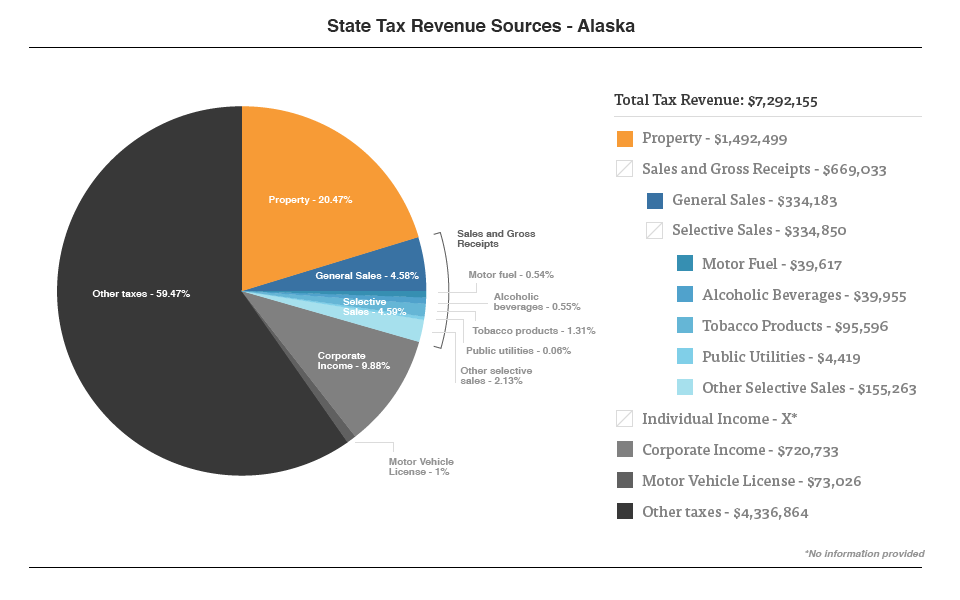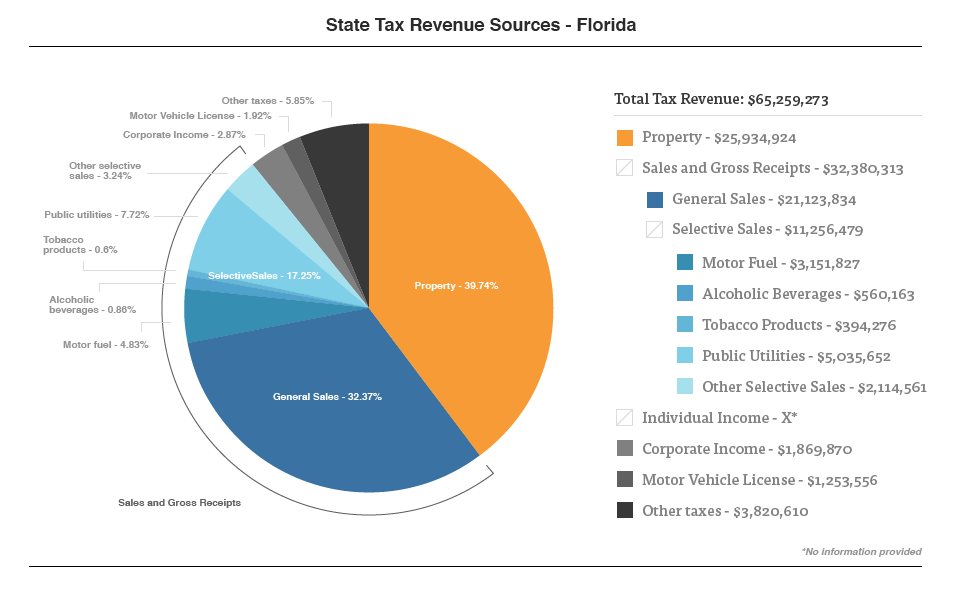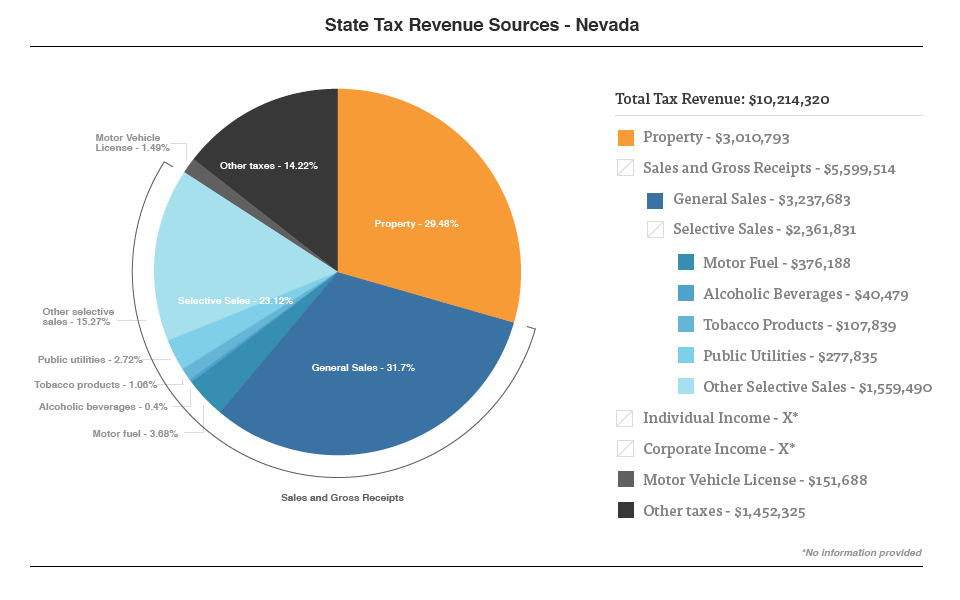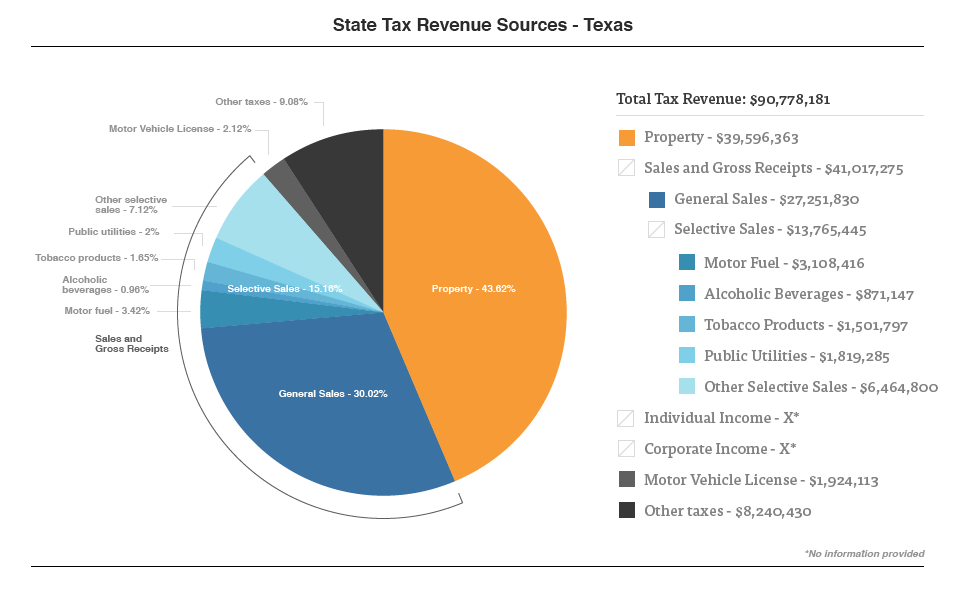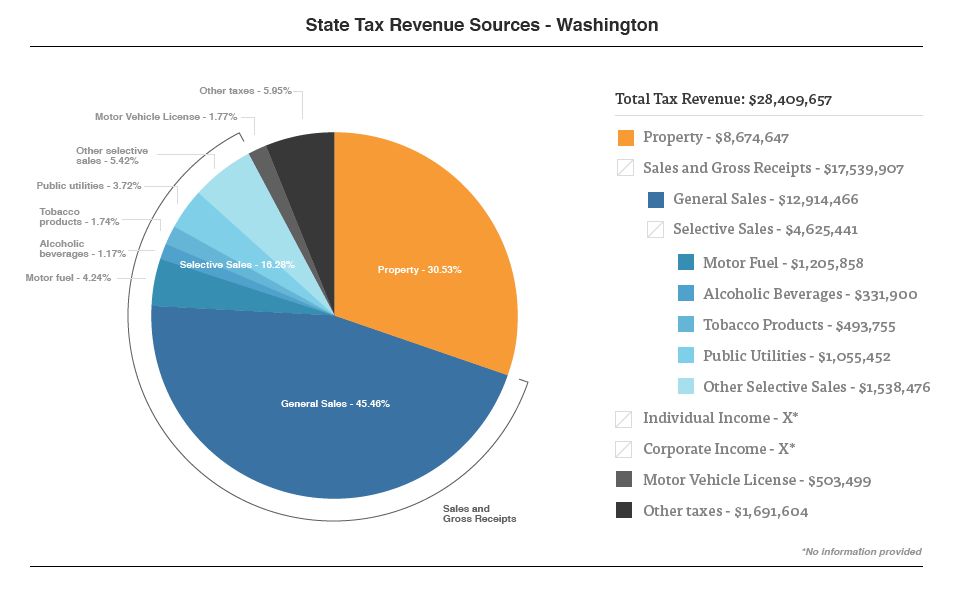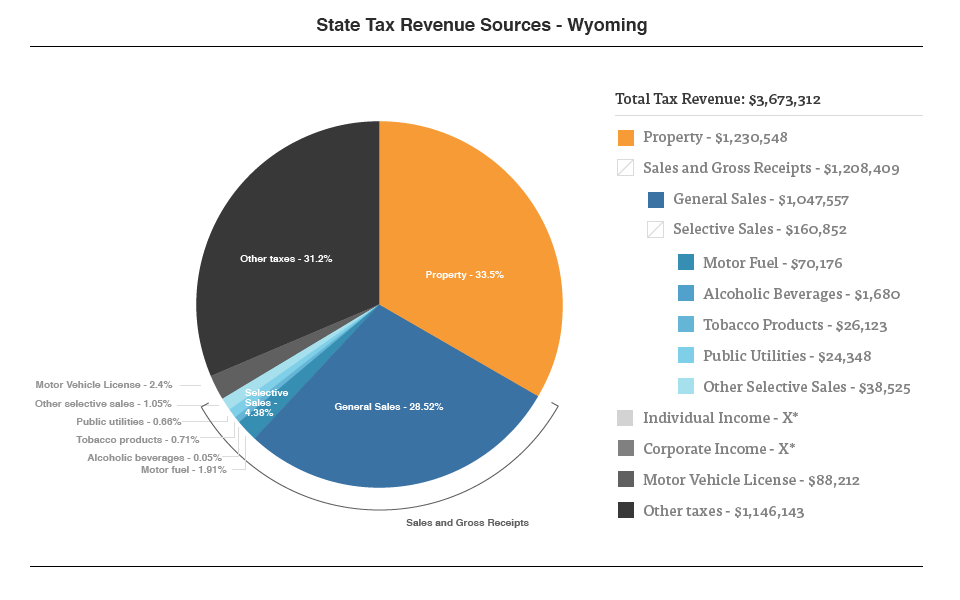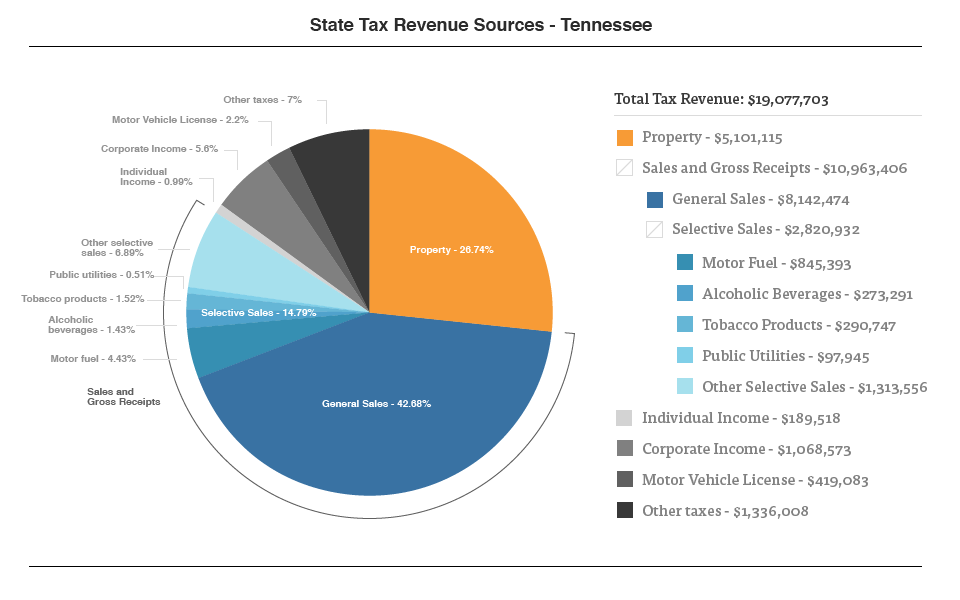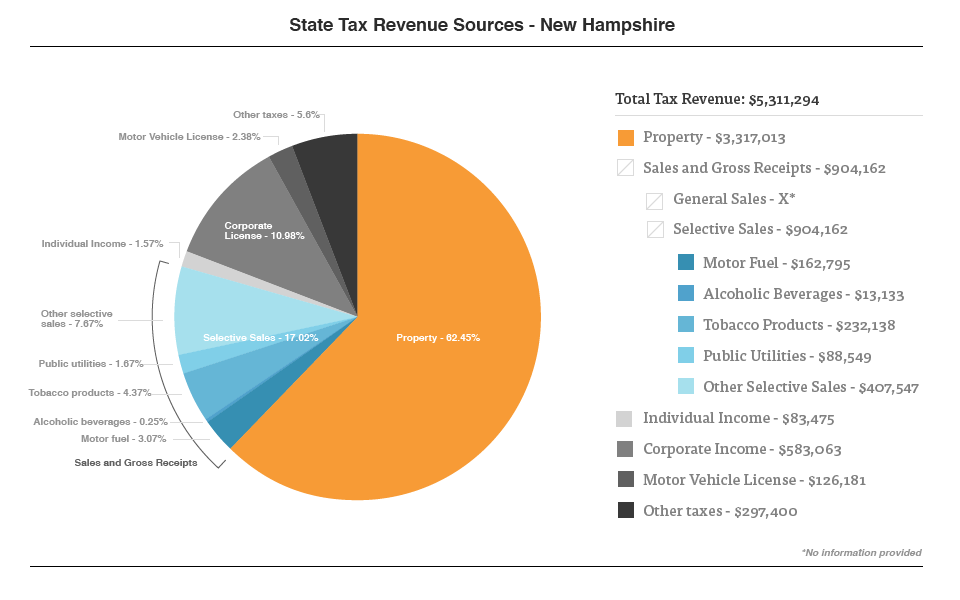Should I Amend My Tax Return?
Sometimes you will get a Form 1099 or Form K1 after you already filed your income tax return. Sometimes you will “remember” that W2 or 1099-MISC that you should have gotten in the mail but didn’t (like when you move and don’t tell your old employer). No matter what the reason is, sometimes you simply need to make some changes to your return. But what changes require you to file an amendment and just how do you go about the whole thing? Keep reading dear friend, keep reading.
When you should make changes.
Amend to correct errors. You should file an amended tax return to correct errors or make changes that are needed to your original tax return. For example, you should amend to change your filing status, correct the amount of income reported, or fix erroneous/omitted deductions or credits.
Don’t amend for errors where the IRS also receives a form. You normally won’t need to file an amended return to correct math errors where the IRS receives the same form. The IRS will typically correct those for you. For example, if you failed to report $1,000 of interest reported on Form 1099-INT, the IRS will usually fix it and send you a letter telling you they did so. But if you transposed the income number for your cash based vending machine business on Schedule C (i.e. $8,999 vs $9,899) then you’ll want to file an amendment to report the correct figure as the IRS will never know it is wrong.
How long do you have to file your amendment?
You usually have three years from the due date of your original tax return to file an amended return. This is particularly true if you need to claim a refund. You can file it within two years from the date you paid the tax, if that date is later. For example, the last day for most people to file a 2011 claim for a refund was April 15, 2015 as the due date for that return was April 15, 2012. For more information about this and other IRS statute of limitations, check out this post.
How do you file an amendment?
Use Form 1040X, Amended U.S. Individual Income Tax Return, to correct your tax return. Note that this form must be filed via paper as it can’t be e-filed. As such, check out this post on the IRS website for the address applicable to your state as to where it should be mailed. It should also be noted that you will want to include the Form 1040X, the original schedules that you filed and then the amended or changed schedules. This way the IRS will be able to see what was originally filed and what was changed.
Other helpful things to know.
Wait to file for a “second” refund. If you are due a refund from your original return, wait to get that refund before filing and amended return to claim an “additional” refund. Amended returns take up to 16 weeks to process so:
- you don’t want things to get crossed up in the IRS system by having two returns being simultaneously processed.
- expect to wait a while before you receive your money. Amended refunds will come via check, even if you provide direct deposit information.
Pay additional tax as soon as you can. If you owe more tax as a result of your amendment, pay the tax as soon as you can. This will stop interest and penalties from accruing unnecessarily. You can use IRS Direct Pay to pay this amount directly from your checking or savings account
Don’t amend to correct Form 1095-A errors. Taxpayers who filed a 2014 tax return and claimed a premium tax credit using incorrect information generally do not have to file an amended return even if additional taxes would be owed. The IRS may contact you to ask for a copy of your corrected Form 1095-A to verify the information.
Track your amended return. You can track the status of your amended tax return three weeks after it’s been filed with the IRS ‘Where’s My Amended Return?’ online tool or by calling 866-464-2050. The tool can track the status of an amended return for the current year and up to three years back. If you have filed amended returns for multiple years, you can check each year one at a time.
Need help filing your amendment?
If you don’t want to go through the hassle of doing all those calculations, filling out the various forms and then trudging down to the post office to wait in line and mail them, why not give us a call? We’d be happy to help you navigate the process and get the correct forms to the IRS ASAP.

